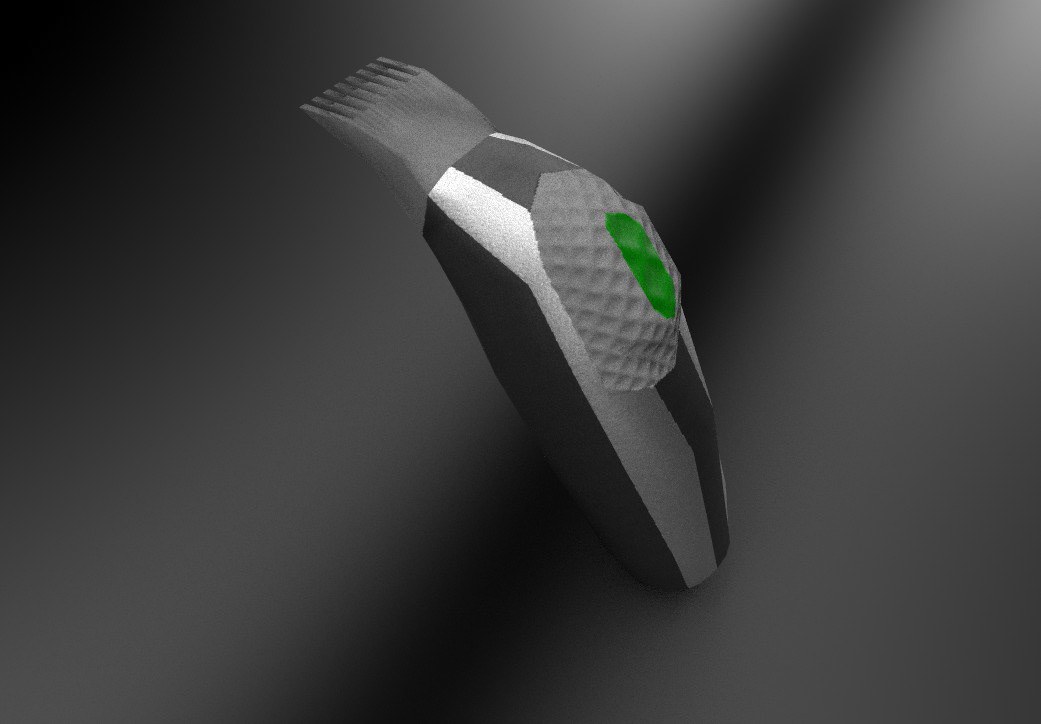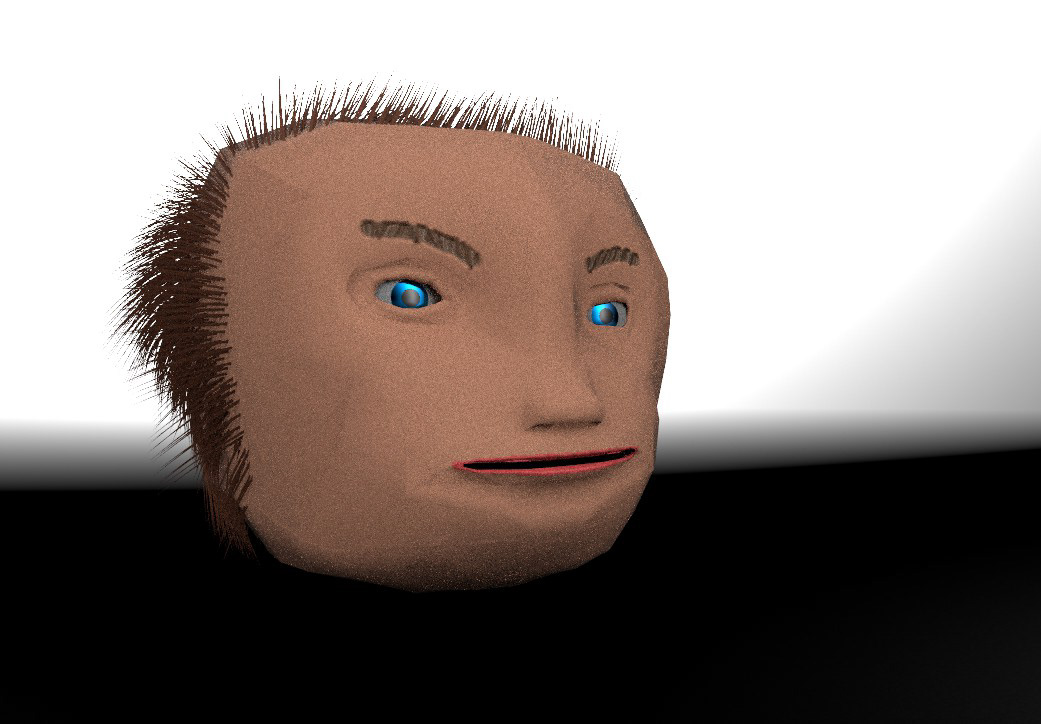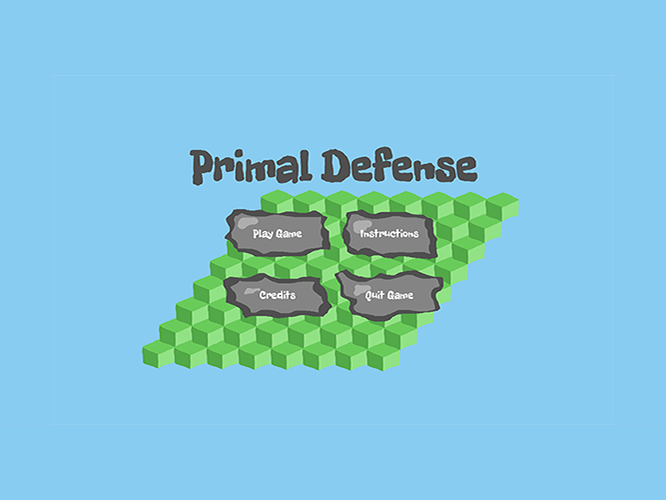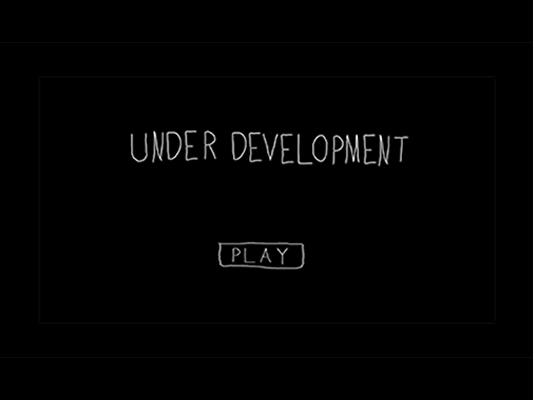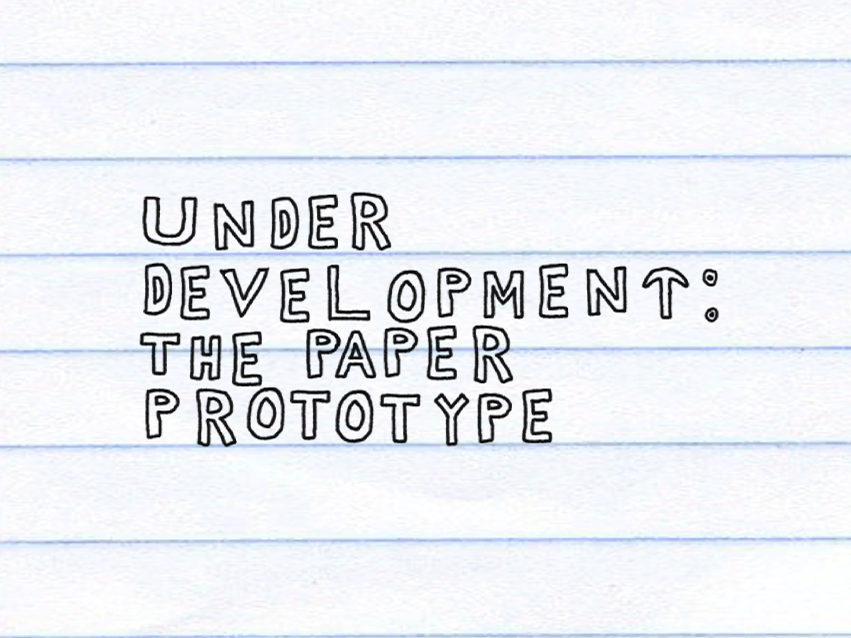Barbershop Simulator VR was developed with the intent that it could be used as an educational tool to teach people how to cut hair. This game provides the player with a creative, and fun experience simulating cutting hair in a barbershop. In this prototype, the player can use the razor and hair trimmer to cut and style the client’s hair anyway they want. The prototype of Barbershop Simulator VR, was presented at the iLRN (Immersive Learning Research Network) 2020 conference for immersive learning.
My contributions:
- 3D modeled all assets in Maya
- Textured all 3D assets in Substance Painter
- Contributed to the game design, ideation, and gameplay
- Created paper prototype
- Presented game at iLRN 2020
Project goals:
- Create an interactive world where people could learn how to cut and style hair, while also being creative and trying out new styles
- Create a realistic tool that could be used for learning
- Develop 3D modeling skills, practice modeling human face features
- Create an interesting virtual reality experience
Biggest Challenges:
- Modeling an anatomically correct human face
- Time and Scope
- Scoring the player
- COVID-19
- iLRN 2020 Conference Presentation
The process:
We started with an early version of the idea that one of the teammates had made on a LEAP motion project, and we wanted to adapt it for an Oculus and create a VR experience around cutting hair. The team came up with a simple design for how we wanted the game to look. We thought it best to sit the client down in a chair in the middle of the play area, and the barber(player) could walk around the client cutting hair.
One of the big challenges we faced was figuring out how to score the player. The idea the team wanted to achieve would be that the client would show you an image of how they want their hair to look, the player would cut their hair, and once done compare the two images based off some grid system and give a score. Unfortunately, this project never got out of the prototype stage, and the score system never made it in.
Modeling the head itself was a big learning process for me. I started modeling the head in my game art class and had some help from the professor to get me started. After that I spent some time watching youtube tutorials and following a long, to model facial features like the nose, mouth, and eyes. I was really paying attention to the mesh structure and topology of these features to try and make it accurate to a human. I also had to model the hair for the head model, which was also intimidating because modeling hair can be a very advanced skill and it was my first time. At first I mocked-up the hair by just using curved cylinders to represent strands of hair so we could have something in the game for testing the mesh cutting mechanic the developers were working on. After research more features in Maya, I eventually learned how to use Xgen to generate, model, and style the hair. Unfortunately, the hair was initially too thin and difficult to see in the game and we did not have time to fix it so the team used the older version with the cylinders to showcase how the game worked. The model with the Xgen hair is on the right.
Working in VR was a new medium for most of the team members, and there was a few of technical issues setting up the Oculus. Also, because of technical difficulty of achieving certain mechanics like mesh cutting, getting all the features we wanted into this game never happened and some of the updated models never made it into the game.
We found the best solution was to mainly show off the mesh cutting and face model to present how the game worked and what we were trying to achieve.
Covid-19 proved to make this difficult project even more challenging. Having to switch to a remote working environment for the first time, and being in an isolated environment took its toll. We persevered and did our best to make as much progress as we can and we finished with something the team was proud to show off.
Being accepted to the iLRN 2020 Conference for immersive learning was also an amazing learning experience. After Covid happened they switched to a remote conference style and build a digital playground for people to show off their work. Some team members also had technical difficulties and one member couldn't attend, so I ended up jumping in at the start if the presentation when I was originally last in the order. At the end we got some good questions and good feedback from the audience and left me feeling accomplished and proud of the work I had done.
Click the link to view the itch.io page: https://kene991.itch.io/barbershop-simulator-vr
Click here to see our video submission to the iLRN 2020 conference: https://www.youtube.com/watch?v=y1BerWEP57Y&feature=youtu.be
To the right are renders of the models I made that are in the game:
